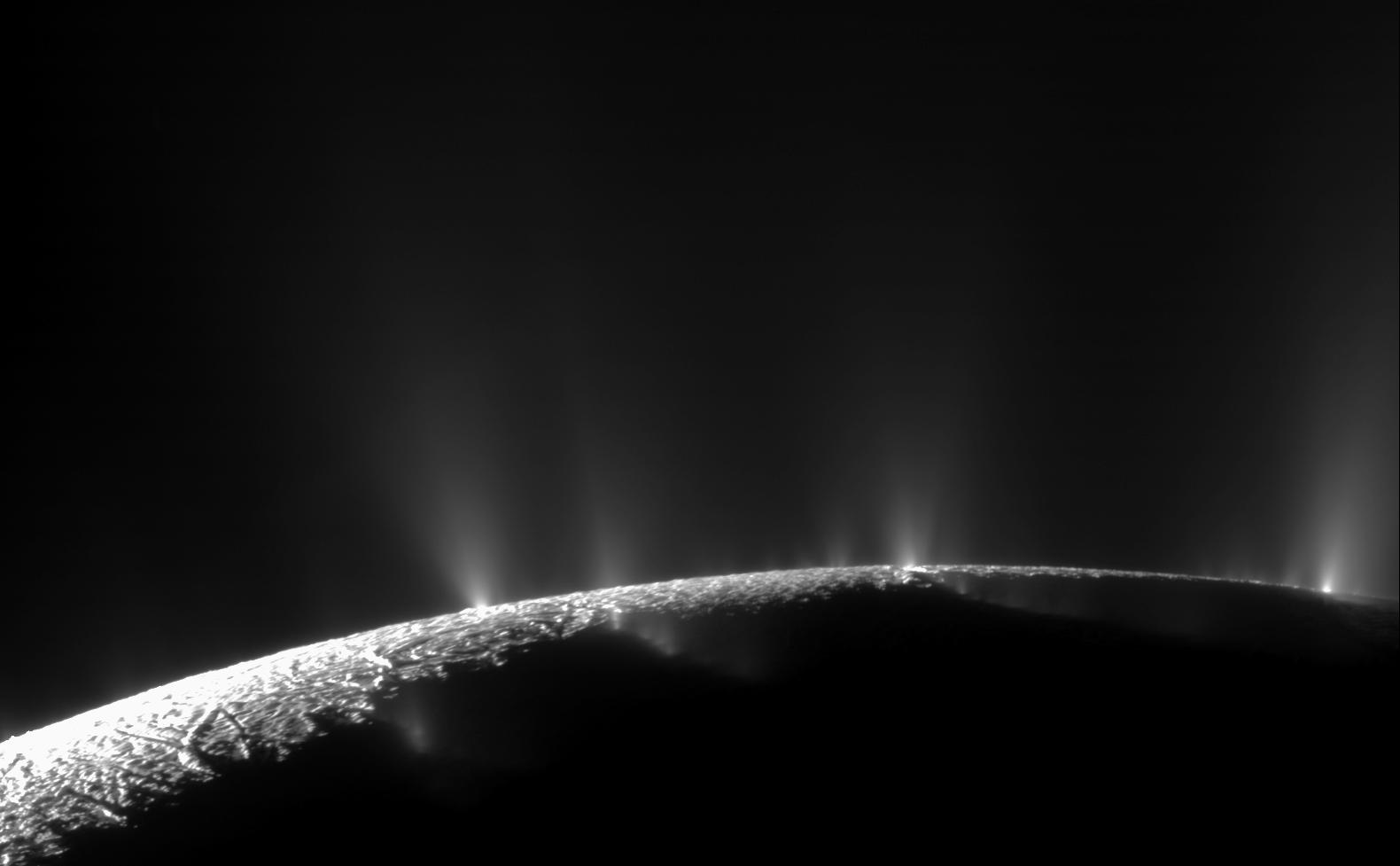2 min read

During the T-69 flyby, the Cassini spacecraft's visual and infrared mapping spectrometer (VIMS) observed the northern lake region of Titan, and the imaging science subsystem (ISS) cameras took images of the moon's 'land o' lakes.'
At closest approach, Cassini flew 2,042 kilometers (1,269 miles) above the Titan surface.
Cassini made infrared scans of the north polar region, which was in darkness for the first several years of Cassini's tour around the Saturn system. The lighting has improved as northern spring has started to dawn over the area.
RADAR performed radiometry and scatterometry observations over Titan. The Magnetometer explored the edge of the north lobe of Titan's magnetic tail. The Magnetospheric Imaging Instrument measured the energetic ion and electron energy input to the atmosphere of Titan, giving good opportunities for measurement of energetic neutral atoms. The Radio and Plasma Wave Science instrument measured thermal plasmas in Titan's ionosphere and surrounding environment, searched for lightning in Titan's atmosphere, and investigated the interaction of Titan with Saturn's magnetosphere.
Imaging Science (ISS) acquired a full-disk mosaic of northwestern Adiri and rode along with VIMS during and after closest-approach to observe parts of Titan's anti-Saturnian hemisphere from the north pole to the equator. ISS also rode along with VIMS to track clouds and will continue to monitor clouds and their evolution for an extra two days after the Titan encounter. The Composite Infrared Spectrometer (CIRS) continued mapping seasonal temperature and composition effects. The Ultraviolet Imaging Spectrograph (UVIS) obtained an image cube of Titan's atmosphere at extreme and far ultraviolet wavelengths by sweeping its slit across the disk. These cubes provide spectral and spatial information on nitrogen emissions, H emission and absorption, absorption by simple hydrocarbons, and the scattering properties of haze aerosols. This is one of many such cubes gathered over the course of the mission to provide latitude and seasonal coverage of Titan's middle atmosphere and stratosphere.
Date
June 5, 2010
Altitude
1,270 miles (2,044 km)
Speed
13,000 mph (5.9 km/sec)







